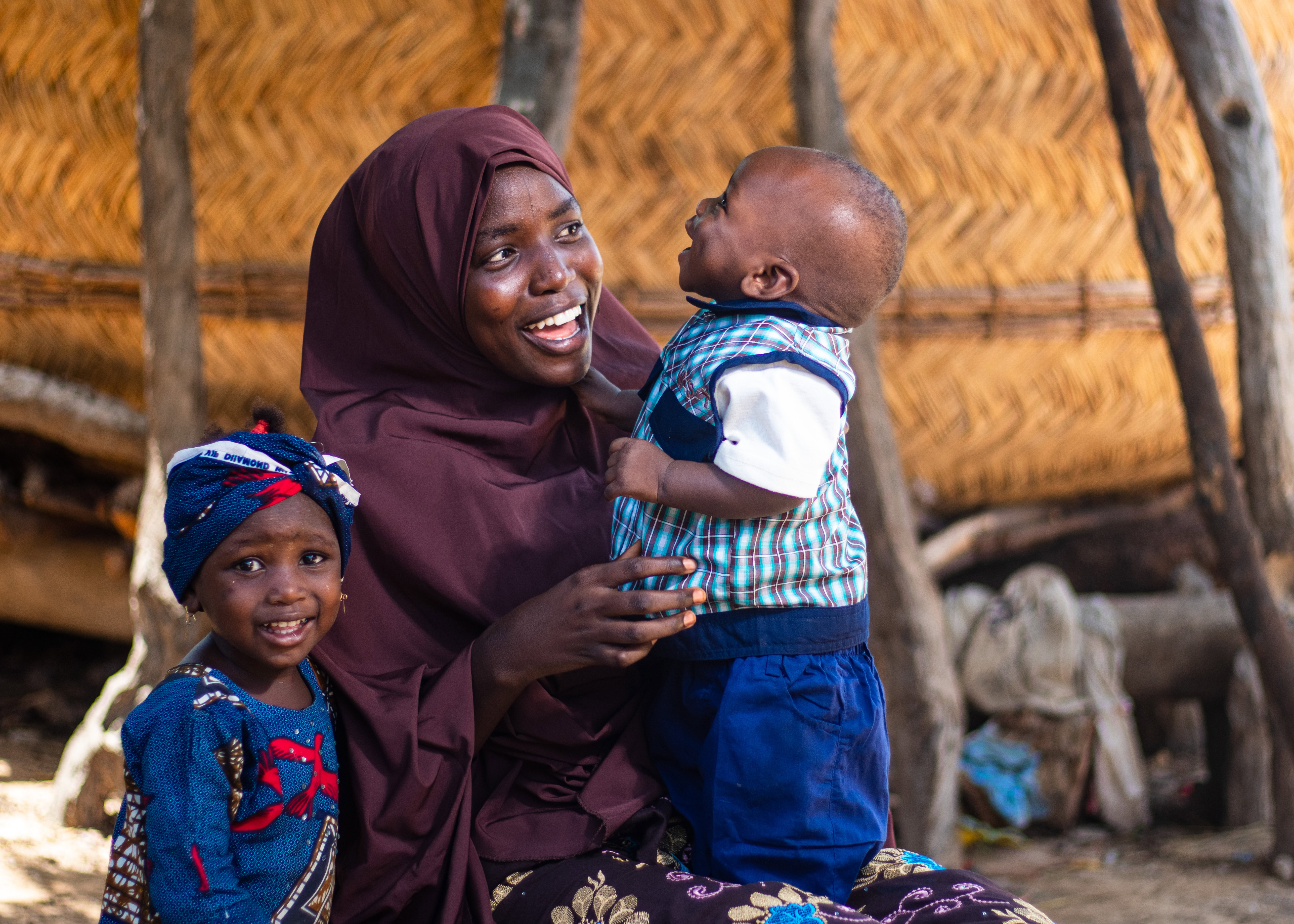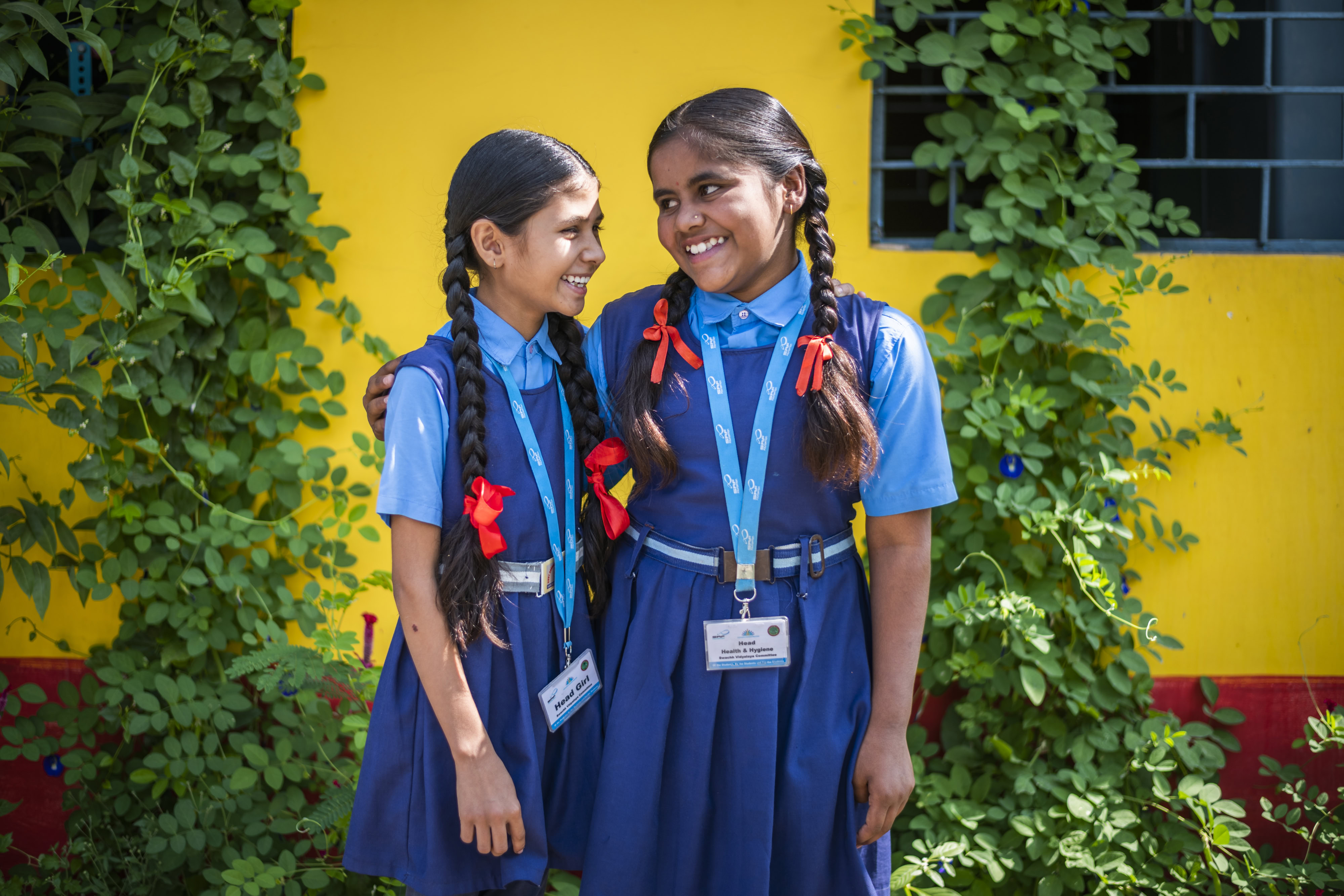Field Stories
Centering women’s voices to drive meaningful change
March 5, 2025
WP_Term Object
(
[term_id] => 136
[name] => Blog Posts
[slug] => all-blog-posts
[term_group] => 0
[term_taxonomy_id] => 136
[taxonomy] => news-category
[description] => See what’s top of mind for our technical experts as they share the latest on cutting-edge nutrition research, policy updates, and implementation guidance.
[parent] => 2025
[count] => 137
[filter] => raw
)
Aiming for nutrition sovereignty in a post-ODA era
To successfully navigate a new development landscape, countries need to reclaim ownership of their nutrition destiny.
Posted on March 24, 2025
As France prepares to welcome the many nutrition and development actors to the Nutrition for Growth (N4G) Summit in Paris this week, the stark challenge of coming together to announce funding for nutrition at this specific moment is painfully obvious. At a time when global consensus and collective action are desperately needed in our world, the old systems of order and alliance are facing upheaval, disruption and deconstruction.
We are acutely conscious that the sudden and unprecedented recent cuts to official development assistance (ODA) by major donors mean that people will die, children will suffer and malnutrition will get worse. If we are to preserve the progress made these past decades, we must maintain a bright and focused light on the centrality of nutrition despite the turbulent development agenda.
That is why N4G Paris (and the upcoming G7 meeting to be held in Canada later in June) is so important. It’s not only an opportunity to rally forces, but also to come together and figure out how we can guarantee that nutrition remains at the top of the global political agenda as we move towards a “post-ODA” world. When donors are stepping back, who must step forward?
“If countries are to weather the storms of changing donor priorities and the risks of over-reliance on ODA, they must come to the realization that taking control of their nutrition destiny is essential.
The answer is countries themselves. If countries are to weather the storms of changing donor priorities and the risks of over-reliance on ODA, they must come to the realization that taking control of their nutrition destiny is essential. Sovereignty refers to “the authority or power of a state or governing body within its own territory, free from external control.” Africa’s population will roughly double between now and 2050 ― that’s more than one billion more children. Their health and ability to learn depends on whether they are well nourished or not. If the strength of their immune system and brain development are dependent on a donor whose priorities might change overnight, it is hard to imagine sovereignty.
We often hear, with reason, about the importance of food sovereignty, but in a post-ODA era, food sovereignty can only make sense when it enhances nutrition sovereignty.

What is nutrition sovereignty? When countries make the nutrition of their populations a top development priority, when presidents and prime ministers understand the difference between food and nutrition, and when they know the percentage of children in their countries who are stunted and wasted ― then they can begin to take control of their nutrition destinies and fight social inequality.
Taking leadership and control of the nutrition agenda is important because we know that with the right nutrition at the right time, the health, immune system strength and brain development of a child is protected. With good nutrition, children will achieve better education outcomes and have improved future opportunities.
This is crucial because well-nourished, well-educated populations are more productive: they are able to earn more income, pay more tax and increase their country’s capacity to contribute domestic resources. When people are healthier, they cost less to the healthcare system and have lower out-of-pocket expenditures because they aren’t sick as often. These savings can then be invested more productively elsewhere. This virtuous cycle, driven and supported by increased nutrition sovereignty, leads to liberation and independence from aid.
“By following specific pathways to nutrition sovereignty, governments can invest their own resources more effectively, implement more sustainable programs and policies, and reduce their reliance on outside funding.
Strong systems that deliver nutritious food are also a crucial component of this. When countries can choose what is best for their people, they have agency. When they have agency, they have ownership of the solutions. By prioritizing local and national economies and markets over industrialized, multinational food product distribution networks, we can help governments and communities make their own choices about food production and distribution. This includes small-scale production and large-scale efforts, such as mandatory food fortification. The result is resilient, equitable and sustainable systems that provide adequate nutrition and ensure local control.
So how can we get there? Here are some examples:

By following specific pathways to nutrition sovereignty like these, governments can invest their own resources more effectively, implement more sustainable programs and policies, and reduce their reliance on outside funding. This makes countries more resilient and reduce their vulnerability to external shocks, such as changes in global political landscapes, climate change, conflicts or pandemics.
Investing in nutrition makes a difference. Nutrition is the difference between a child going to school and excelling there. It’s the difference between an economy being stuck in a rut or being driven forward by the strength, passion and potential of the next generation. It’s about creating the conditions for people to craft their own dreams for improving their family, city or country — and then to achieve them. Most of all, it’s about rekindling the flames of hope and belief that a better world is possible and within reach for all of us.
Hope and vision are critical resources in triggering action, and while recent ODA cuts are a significant set-back in this moment, we are not powerless. The N4G Summit can help mark the end of an old story — and the beginning of a new one in the fight against malnutrition. In this new story, countries are the authors of their destiny, and leaders define their worth and success based on improvements in the health and nutrition of their children. External actors need to align their support for countries’ nutrition sovereignty.
[1] Jain, S., Ahsan, S., Walters, D.D., Kinyua, G., Smith, J., Nyagaga, M., Greig, A., Arabi, M. (2025.) A case for subnational nutrition financing: The development and use of country-level investment cases in Kenya. PLoS Global Public Health, 5(2), e0004128.